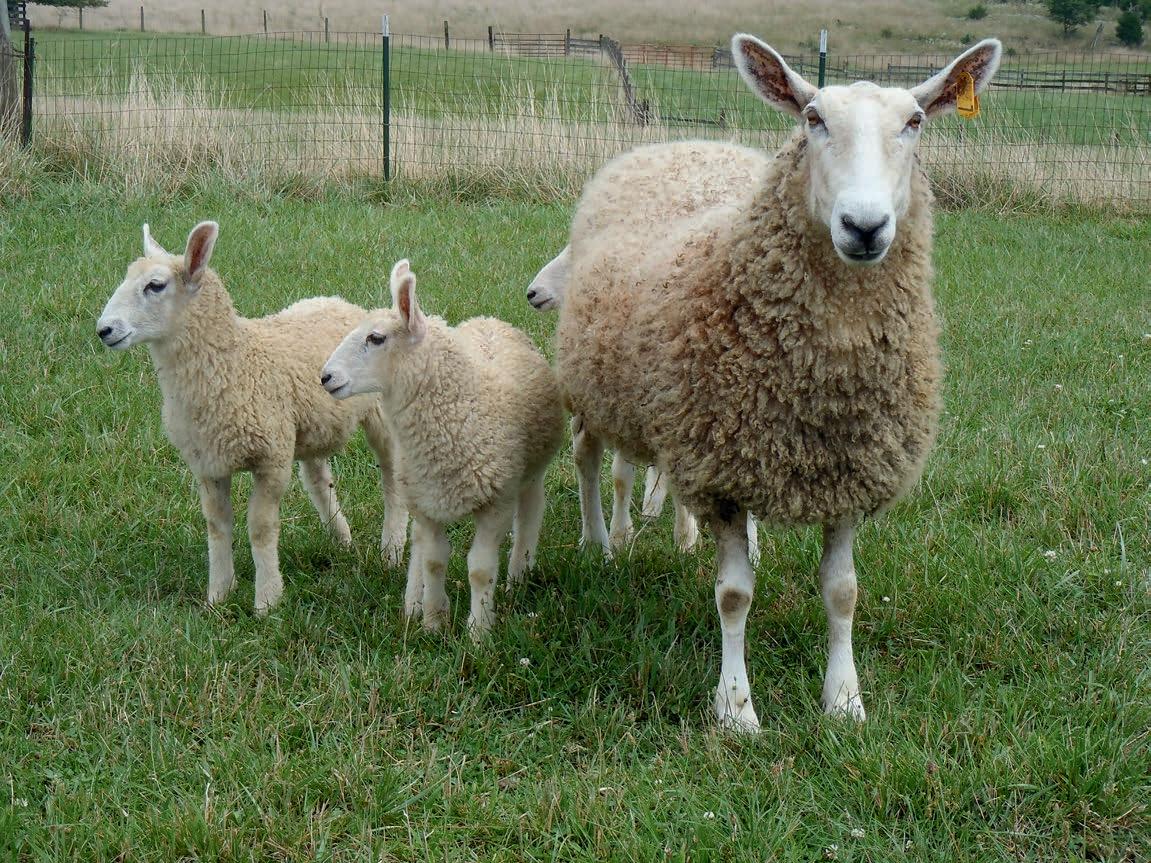
2 minute read
NO war - NO wool
Among the many factors leading to the decline of the wool industry few things have invigorated America’s pastures like the demand to clothe thousands of soldiers. With no one knitting little green berets for a squadron of drones, American wool is staging a comeback and fully prepared to sock it to you.
I fall on a large bag of roving filled with fat contrails of wool the instant I step inside the offices of the American Sheep Industry Association. Peter Orwick, the organization’s executive director, is ready for me.
Advertisement
“Merino?” I ask, stroking the fiber.
“Rambouillet,” he corrects, explaining that the represented variant is the “French merino.” Orwick is in a position to know. In addition to his more than 20 years with ASI, Orwick grew up on a cattle and sheep ranch in western South Dakota homesteaded by his great grandfather. There, in addition to beef, they raised Rambouillet mostly for meat.
Today, he runs the U.S. wool industry’s oldest and largest trade association, representing more than 82,000 sheep producers. Founded during the Lincoln Administration in 1865 as the National Wool Growers Association (the country’s first livestock association), the organization is poised to celebrate its sesquicentennial in just over a year. The anniversary will mark, if not a time of renaissance for the wool industry, a time of renewed interest.
Located in Englewood, Colorado, ASI’s headquarters look for all the world like those of a mortgage lending company, with some notable exceptions: On one wall hang the photographs of former presidents of the National Wool Growers Association and now ASI, representing 150 years of association leadership. In spite of the fact that the sheep and wool industry depends on its ewes, it wouldn’t be until the 1980s that a woman’s photo would join that line-up. Orwick’s office, which looks out onto the northern Front Range peaks and the vast expanse of city and prairie to the east, harbors a mounted mountain lion, a 140-pound tom who made the mistake of taking out about a half dozen yearling ewes on the the Cottonwood Ranch in Utah. “It took me five days to find him,” Orwick says.

In the last century and a half, the American wool industry has faced threats even more dire than those posed by predators. Changing technology, tastes and government policies have done their part to shear the size of the American flock to the point that the United States barely registers on global inventories. Currently, American producers run about 5.34 million sheep, putting the United States behind China, Australia, Iran, the U.K. and even Azerbaijan in the number of sheep raised domestically. We currently produce about 14 million pounds of clean wool (down from 55.1 million pounds in the mid-1970s), more than half of which is exported.
But that wasn’t always the case. In 1942, when American sheep were feeding and clothing U.S. servicemen overseas, the inventories of these multi-purpose animals hit an alltime high of 56 million head, putting the U.S. in fifth place in worldwide wool production at the time. Since its heyday, the American flock has dwindled some 90 percent, a figure that begs the question, where have all the ovines gone?



